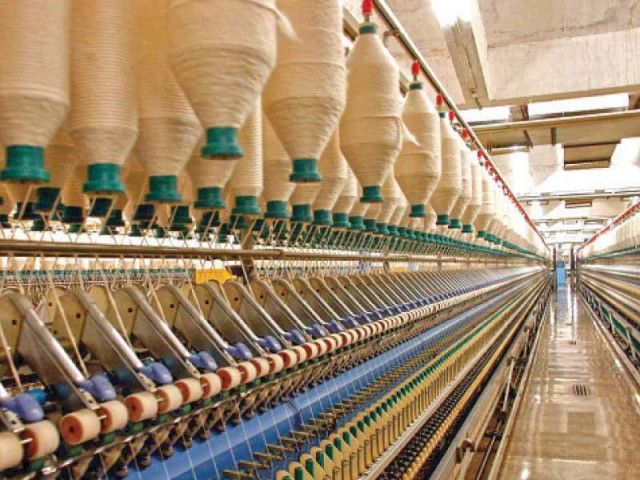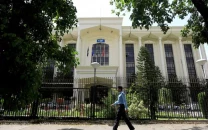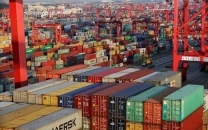Big industries turn around with 3.9% output growth
With this expansion, LSM sector ends four-month losing streak

Pakistan’s big manufacturing industries including readymade garments, fertiliser and iron and steel have surprisingly turned around as their output grew 3.9% in August compared to July, ending a four-month downtrend.
Goods production by large industries, however, showed a small recovery of 0.6% in August when compared with the same month of last year. It came at a time when a number of industrial units were lying closed and others had reduced output in the wake of government’s measures to cool down the overheated economy.
“LSMI (Large-Scale Manufacturing Index) increased by 0.6% in August 2022 when compared with August 2021 and rose by 3.9% when compared with July 2022,” Pakistan Bureau of Statistics (PBS) reported on Wednesday.
However, in the first two months (Jul-Aug) of current fiscal year, the LSM output dropped by 0.4% year-on-year.
The monthly Quantum Index of Manufacturing (QIM) was calculated at 114.8 for August 2022. For Jul-Aug 2022, it stood at 112.6, according to the PBS.
In Jul-Aug 2022, garments production grew by 5.3% year-on-year while iron and steel output rose by 0.5%. On the contrary, the production of petroleum products dropped by 1.2%, cement manufacturing fell by 2% and fertiliser output decreased by 0.2%.
Experts said the year-on-year growth of 0.6% in large-scale manufacturing (LSM) output in August was in line with expectation.
The market had anticipated that the LSM sector would either achieve breakeven, shrink somewhat or grow slightly in August. “This (0.6%) is not a meaningful growth,” Arif Habib Limited Head of Research Tahir Abbas said while talking to The Express Tribune.
The nominal growth came in the wake of a low base effect (significantly low production in the same month of last year).
“LSM output is expected to remain low due to overall economic slowdown over four months (Sept-Dec),” he said. “The sector is projected to achieve a meaningful turnaround after December 2022.”
The government has been able to restrict the import bill through administrative controls aimed at preventing a fast decline in the State Bank’s foreign exchange reserves.
The reserves have depleted by around $9 billion in the past 10 months due to heavy import payments and foreign debt repayments. At present, they stand below $8 billion covering less than six weeks of imports.
The government had set the economic growth target at 5% for FY23 before the floods caused widespread devastation. The World Bank now projects the country’s GDP growth in the range of 1.4-2.4%.
The State Bank has revised downwards its growth projection to 2% compared to 3-4% before floods.
Published in The Express Tribune, October 20th, 2022.
Like Business on Facebook, follow @TribuneBiz on Twitter to stay informed and join in the conversation.



















COMMENTS
Comments are moderated and generally will be posted if they are on-topic and not abusive.
For more information, please see our Comments FAQ